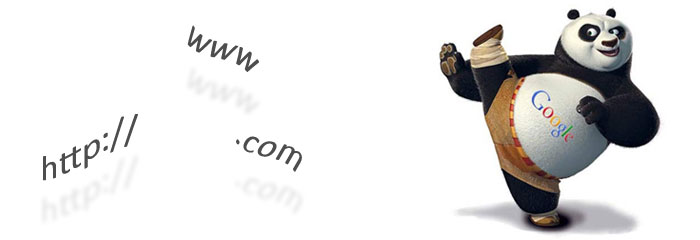As a digital agency owner and avid photographer, I have learned a number of valuable lessons through my experience with photography that have helped me to successfully run my business. In this blog post, I will delve into the various ways in which photography has taught me valuable skills and how those skills have translated...
Author: admin
Elevate Your Images: The Power of Alt Text and Image Titles
Are you tired of seeing empty boxes where images should be on your website? Or do you want to make sure that your website is accessible to all users, including those with visual impairments? Alt text and image titles are here to help! These small but mighty elements of web design can make a big...
How to optimize images for web and seo
Optimizing images for the web and for SEO (Search Engine Optimization) is an important aspect of maintaining a successful website. Not only do optimized images help improve the user experience by loading faster and consuming less data, but they can also improve the visibility of a website in search engine results. Here are some key...
Leveraging Chatgpt for Marketing Success: 5 Key Questions
As a business owner or marketer, you know that staying on top of the latest marketing trends is crucial for success. But with so much information available, it can be overwhelming to know where to start. That’s where chatgpt comes in. Chatgpt is a large language model trained by OpenAI that can provide valuable insights...
The Do’s and Don’ts of Digital Marketing: Common Mistakes to Avoid
Digital marketing is a powerful tool for reaching customers and driving business growth. However, it can also be challenging, and it’s easy to make mistakes that can hurt your chances of success. In this post, we’ll go over some of the key do’s and don’ts of digital marketing to help you avoid common pitfalls and...
Website Animation
I still remember the first time I wrote a HTML element on my notepad and saved it as a .html file. When I opened the HTML file on my Internet Explorer browser the text started moving horizontally. Now this was me 20 years back when I was crazy about animation and wanted to become an...
Site owners ‘puzzled’ by Google’s new update
Several prominent technology and other generic news websites have witnessed a significant fall in their Google rankings after the search engine giant unveiled its ‘Panda’ update.
Panda update pinches and perplexes many websites
As most of you would be aware, Google effected the latest change at the end of February in the US, widening its scope now, to roll it out on a broader scale.
How to ensure precise analysis of your site visitors’ usage pattern?
Google Analytics, as you must be aware, has emerged as a great tool for analyzing the overall performance and the end result of your SEO initiative.
Strategies for successful conversion
Your business website is, in a way, the online equivalent or representation of your offline sales activity.
Three ideas to benefit from Google Analytics
Here are three quick ideas to benefit from Google Analytics.
Never hand a maniac a 9MM caliber pistol!
Bangkok Dangerous! This is the term that rippled through my mind and also scores of people crowding the shooting range where I picked up 9MM . Yes a 9MM!
Secrets of creating effective link bait website content
Here are some more handy tips to achieve success in terms of writing a highly effective copy – be it generic content or a unique blog post on your website – for the purpose of link baiting.
How to ensure link baiting with dynamic content ?
Link baiting is a successful way of link building sans little cost.



